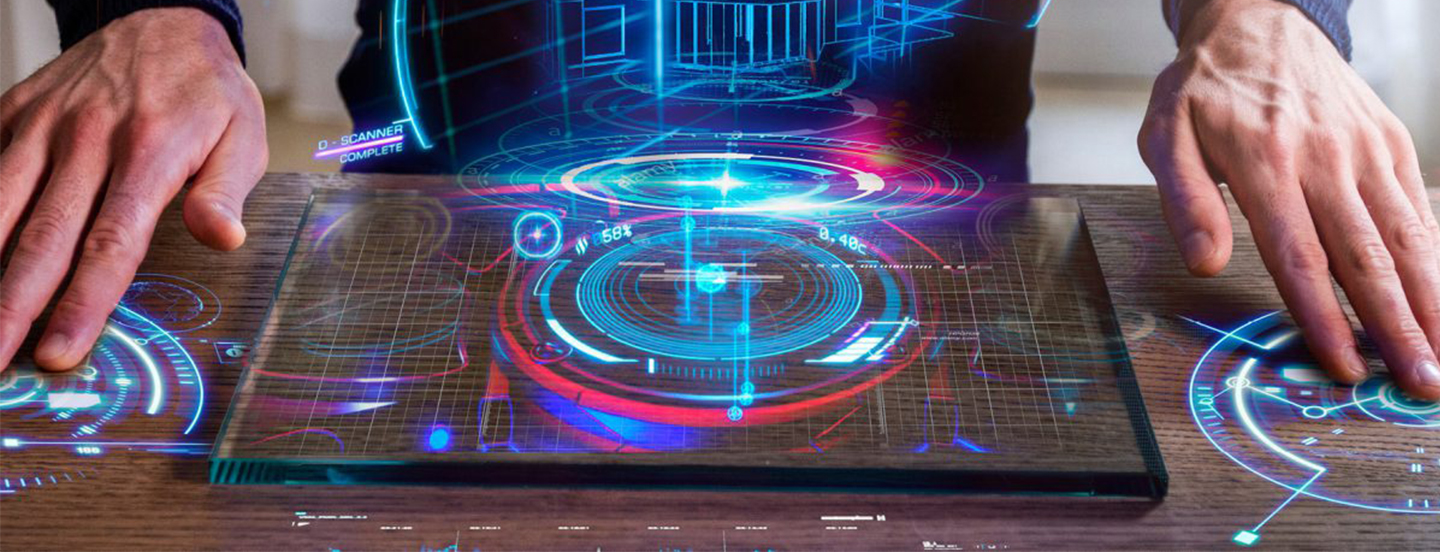BIMERR – BIM-based Holistic Tools for Energy-driven Renovation of Existing Residences


Project timeline: Jan. 2019 – Sept. 2022 Financing: 7 M€ from the EU funding programme Horizon 2020 Partners: 15 Project coordinator: Fraunhofer FIT Tasks of FIT: Further development and integration of IoT middleware, contribution to user-centered application design, ICT system integration testing & refinement, roll-out and deployment of the BIMERR tool |
Workflows of this kind could be implemented in building planning in the near future. The construction industry has experienced many prominent changes recently through the development of new technology, specifically in the digitalization of construction planning. The industry is entering a "smart era" through industry 4.0, shifting the focus in the direction of data collection more than ever before. The continuously evolving digital age has allowed the industry to transcend traditional architectural practices and move towards a new tradition that combines architecture, design, and technology into one.
The BIMERR project, which began in early January 2019, is developing a software that changes the way architects and designers approach the planning process of a renovation. Digitalization plays a key role in this change, with advancements in 3D-digital modelling, making it possible for buildings to be constructed more precisely and efficiently. The ultimate goal of the BIMERR project is to optimize construction and minimize costs. One of the biggest challenges faced by building companies today is in wasted costs on re-design and construction errors.
The BIMMER project aims to tackle these challenges and bring the industry the following key impacts:
With BIMERR, builders can create a more concrete plan for construction, which as a result will positively affect all segments of the construction process. The software uses 3-D modelling to create a digital version of the building’s layout, seamlessly combining the digital and physical space. This technology will help achieve precision in the building phase as well as provide designers the ability to deliver realistic end-product visualization. Additionally, BIMERR will increase work productivity, better manage complexity, reduce project delay and cost overruns, and enhance the safety and quality of buildings.
Fraunhofer FIT fills the role of project manager and contributes to the integration of the BIMERR software into the construction industry. FIT will bring to the project its experienced team of researchers to help develop a valuable software that makes architecture easier and more cost-efficient.
Active until approximately September 2023, the BIMERR project will launch three separate pilots in Spain, Poland, and Greece.
Official project website: https://bimerr.eu/